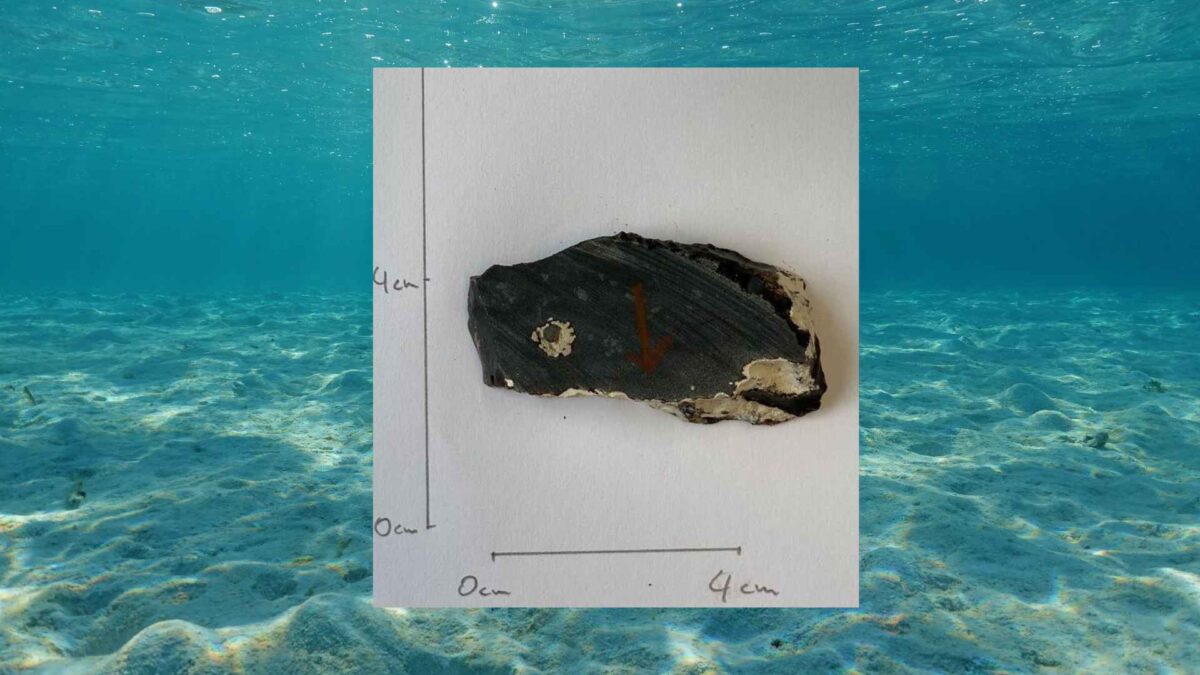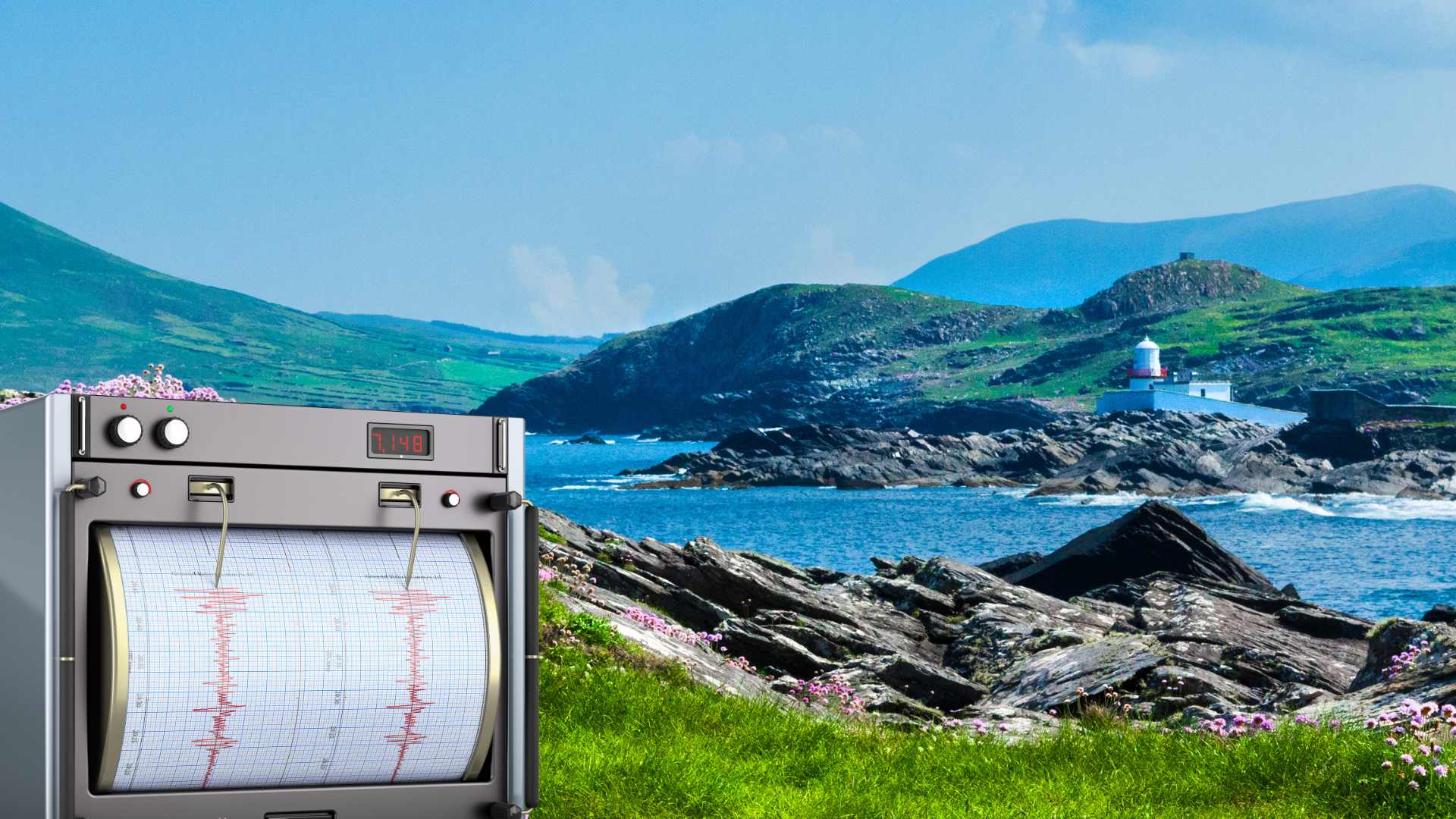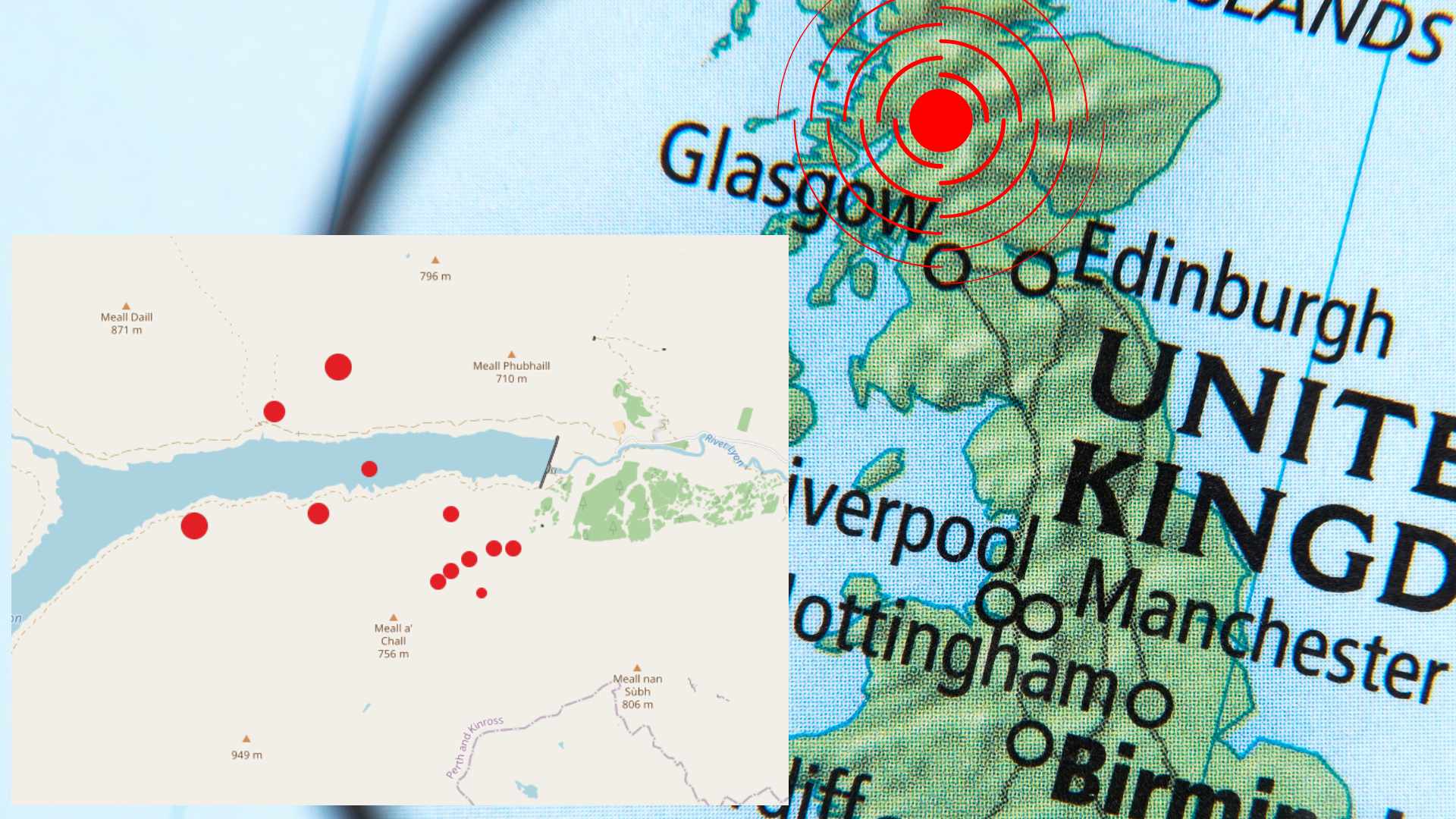
Ancient rocks reveal how heat once flowed from Earth’s core

A new study has found that ancient rocks known as cherts can record how much heat once escaped from the Earth’s interior to the ocean floor, offering fresh insight into conditions on the planet billions of years ago.
Researchers at the University of Göttingen and the GFZ Helmholtz Centre for Geosciences analysed cherts from the Shatsky Rise, an oceanic plateau in the western Pacific east of Japan. They found that the oxygen isotopes in the rocks record changes in heat flow rather than ancient climate, as was previously believed. The findings were published in the journal Geology.
The study shows that the balance between the three oxygen isotopes in cherts varies depending on the amount of heat released from the Earth’s crust at the time the rocks formed. Younger crust, recently created from rising magma, emits more heat while older crust that has cooled over time releases less. By combining their isotope measurements with data from international drilling projects, the team was able to calculate how much energy once flowed through the Earth’s crust.
Lead author Oskar Schramm said the method allows scientists “to measure how much heat flowed through the Earth’s crust in the past and thus interpret a piece of Earth’s history”.
His supervisor, Professor Michael Tatzel, said further work will investigate why some cherts show unusual oxygen isotope patterns, with early indications that volcanic ash may have played a role.
Share this WeathÉire story:







